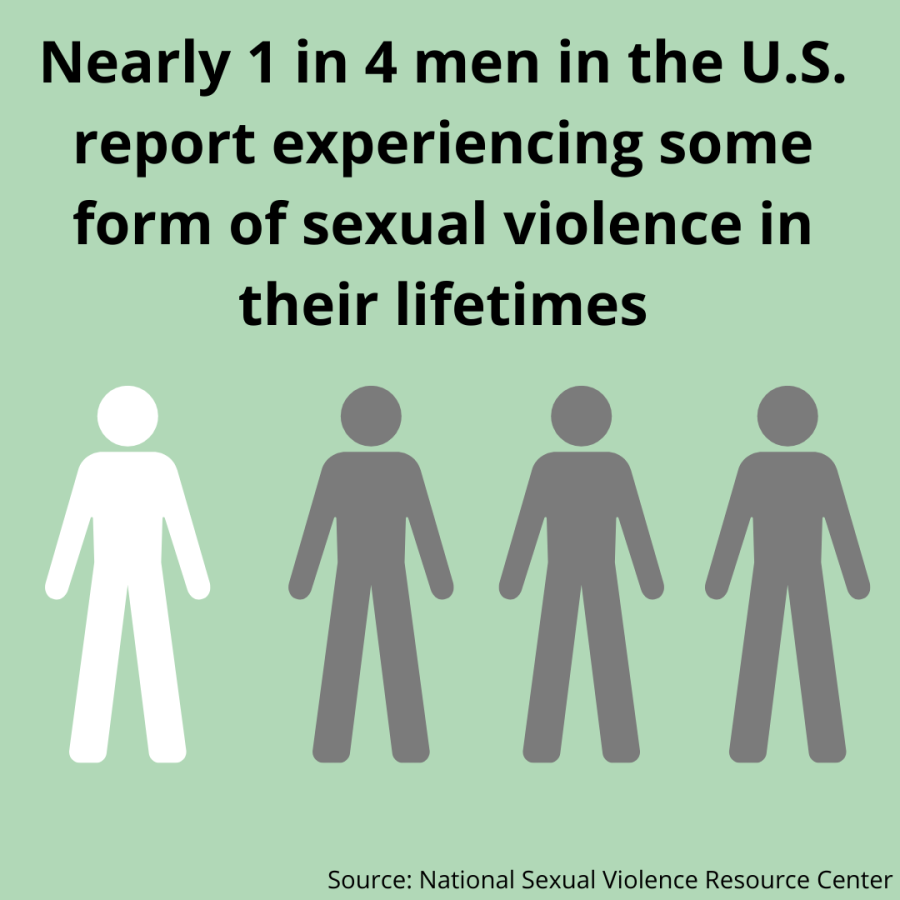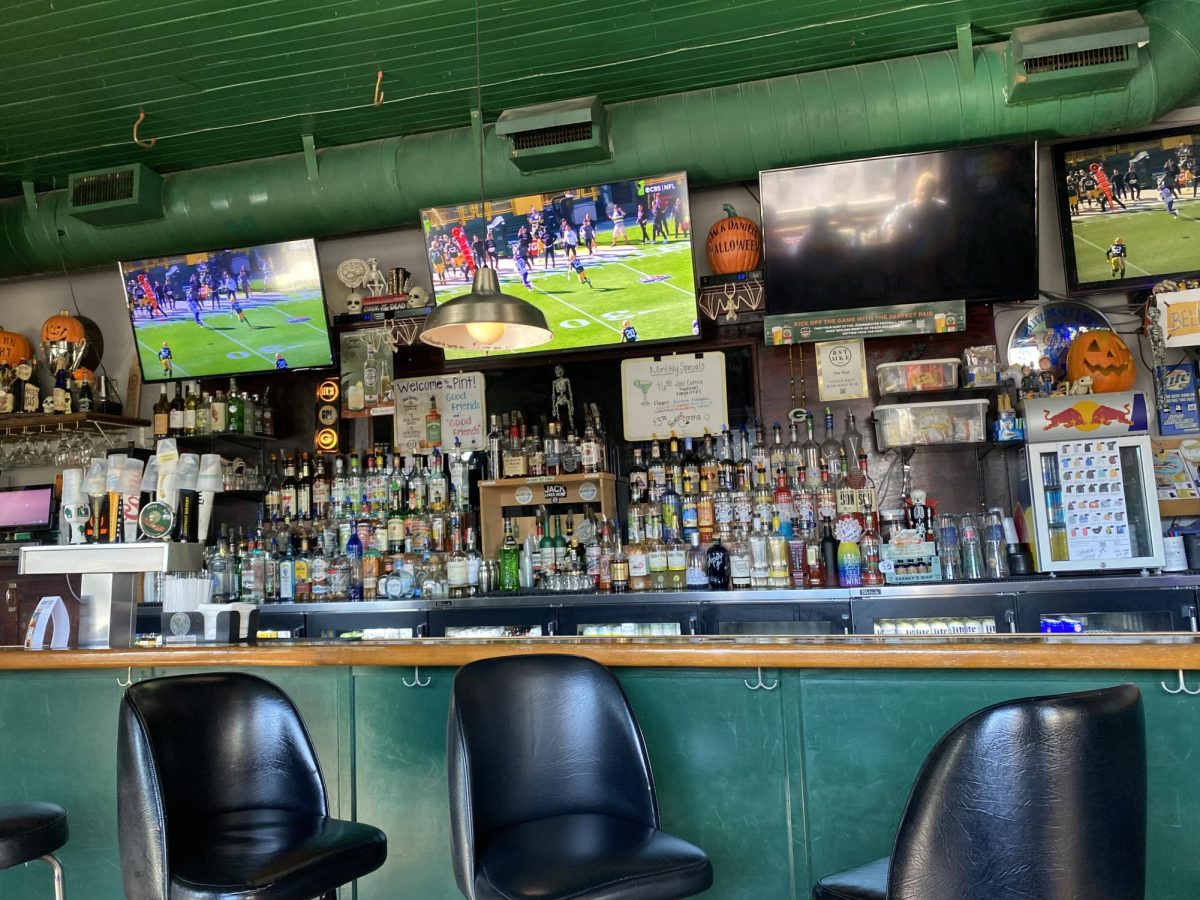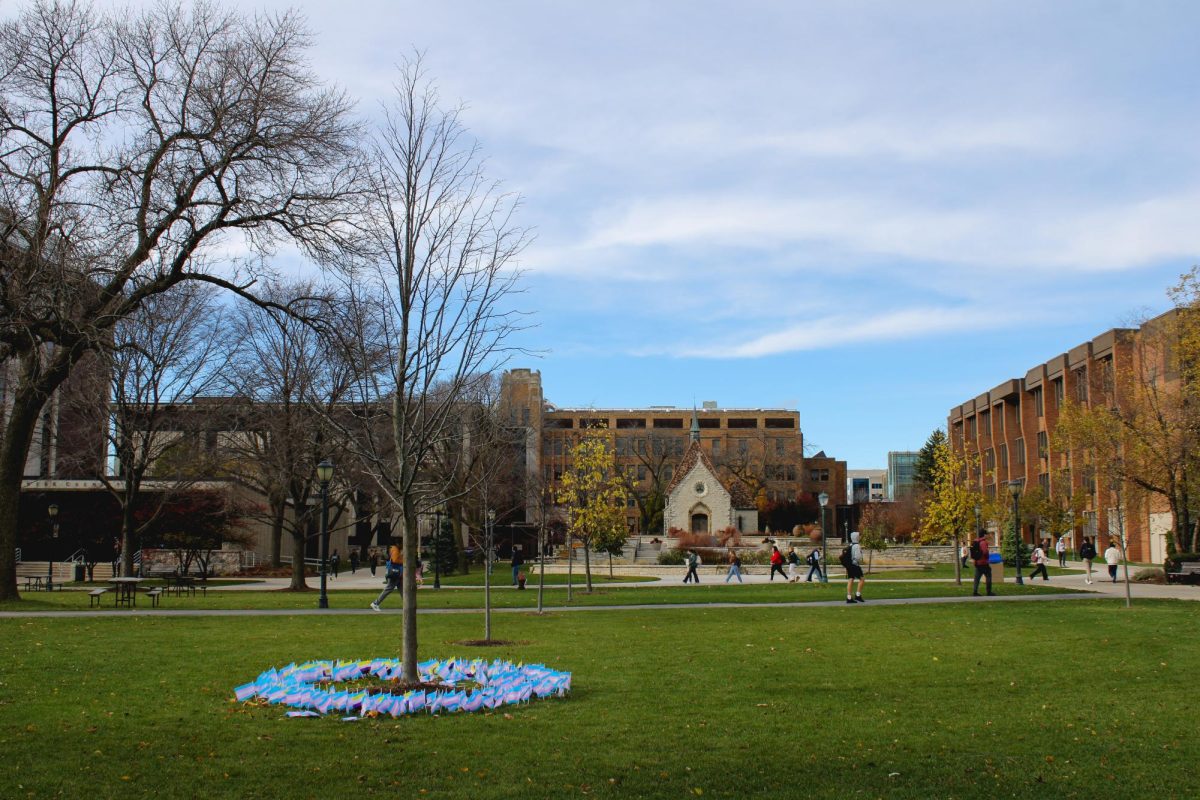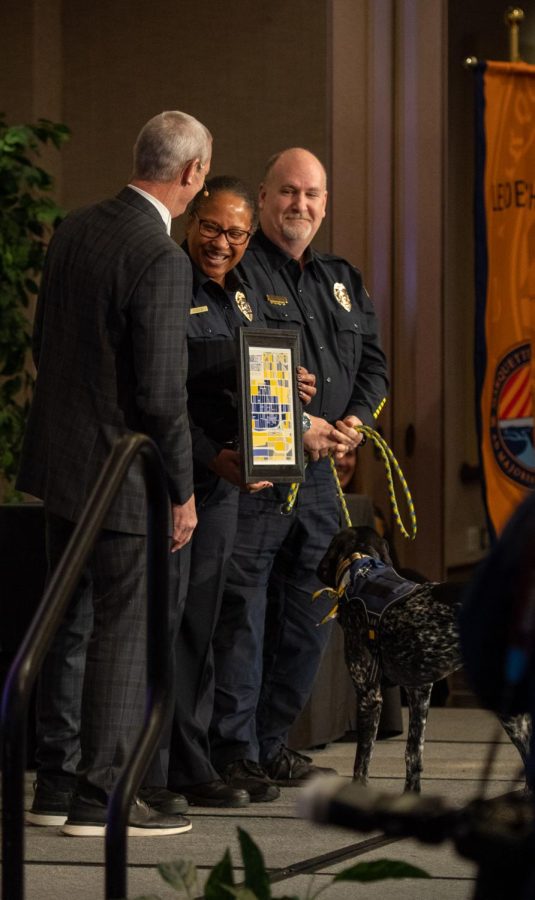While many discussions around safety focus on women, safety should be a top priority for everyone. Safety should be more inclusive, especially at Marquette University.
Robberies are a common crime that occur on Marquette’s campus. In the past semester, Marquette has reported many robberies, with as many as three in one week last October. Many of the perpetrators were armed, meaning that they were reported to carry weapons, and many of the victims were reported to be male students.
Men are more likely to be robbed or mugged at night than women because they are less likely to scream for help. Additionally, men also experience sexual assault. According to the National Sexual Violence Resource Center, 81% of women in the U.S. report being sexual assaulted, and 43% of men in the U.S. report being sexual assaulted. Moreover, nearly 25% of men report experiencing some form of contact sexual violence in their lifetimes.
For women, many incidences of sexual assault happen when the victim knows the attacker personally, with approximately 51% of women reporting they were sexually assaulted by an intimate partner and about 41% reporting they were sexually assaulted by an acquaintance. About half of the men who reported being sexually assaulted also said they knew their attacker, but there were also instances that they didn’t know their attacker. About 15% of men reported being sexually assaulted by a stranger.
While the percentage of men who report experiencing sexual assault is significantly lower than women in general, it is still startling. It is less known that men are more likely to be sexually assaulted by a stranger. A lack of attention to this may put men in danger.
Safety discussions often surround women, but more efforts should be made to address crimes targeted at men. Stereotypes in the U.S. linked to male masculinity such as strength and independence may draw discussions of safety away from men, as they are seen to not need help.
This is just not true.
Especially for men of color and men who are a part of the LGBTQ+ community, who have a higher likelihood to be victims of crimes, drawing more attention to men’s safety is essential.
According to the Vera Institute of Injustice, young Black men are the most likely demographic to be robbed every year. Additionally, homicide is the leading cause of death for young Black men between the ages of 10 and 24. Men of color are also more likely that white men to experience hate crimes, according to the Bureau of Justice Statistics.
The common cause is bias and racial prejudices. Overall, people of color have been easier targets and receive injustices regarding equal pay, police misconduct or even verbal and physical harassment.
Men who are a part of the LGBTQ+ community are four times more likely than non-LGBTQ+ to experience violent crime such as sexual assault as well as aggravated and simple assault.
While the focus on the safety of women is necessary, as they are often targets of sexual assault and other violent crimes, a negative effect of this is that safety discussions and concerns can sometimes exclude men. Men are victims of robbery and assault as well, and most of these incidences go unnoticed due to the perpetuation of unhealthy views and stereotypes of masculinity.
Promotion of safety measures should be inclusive and specific, as men and women, and men and women identifying as people of color or LGBTQ+ specifically, experience different risks and vulnerabilities of being victims of crimes.
Marquette, the Marquette University Police Department as well as institutions and police departments across the U.S. should dedicate more resources to creating more inclusive and diverse safety measures and tips. Not everyone’s experience in the U.S. is the same, and that extends to potentially experiencing and experiencing crime.
This story was written by Krisha Patel. She can be reached at krisha.patel@marquette.edu









